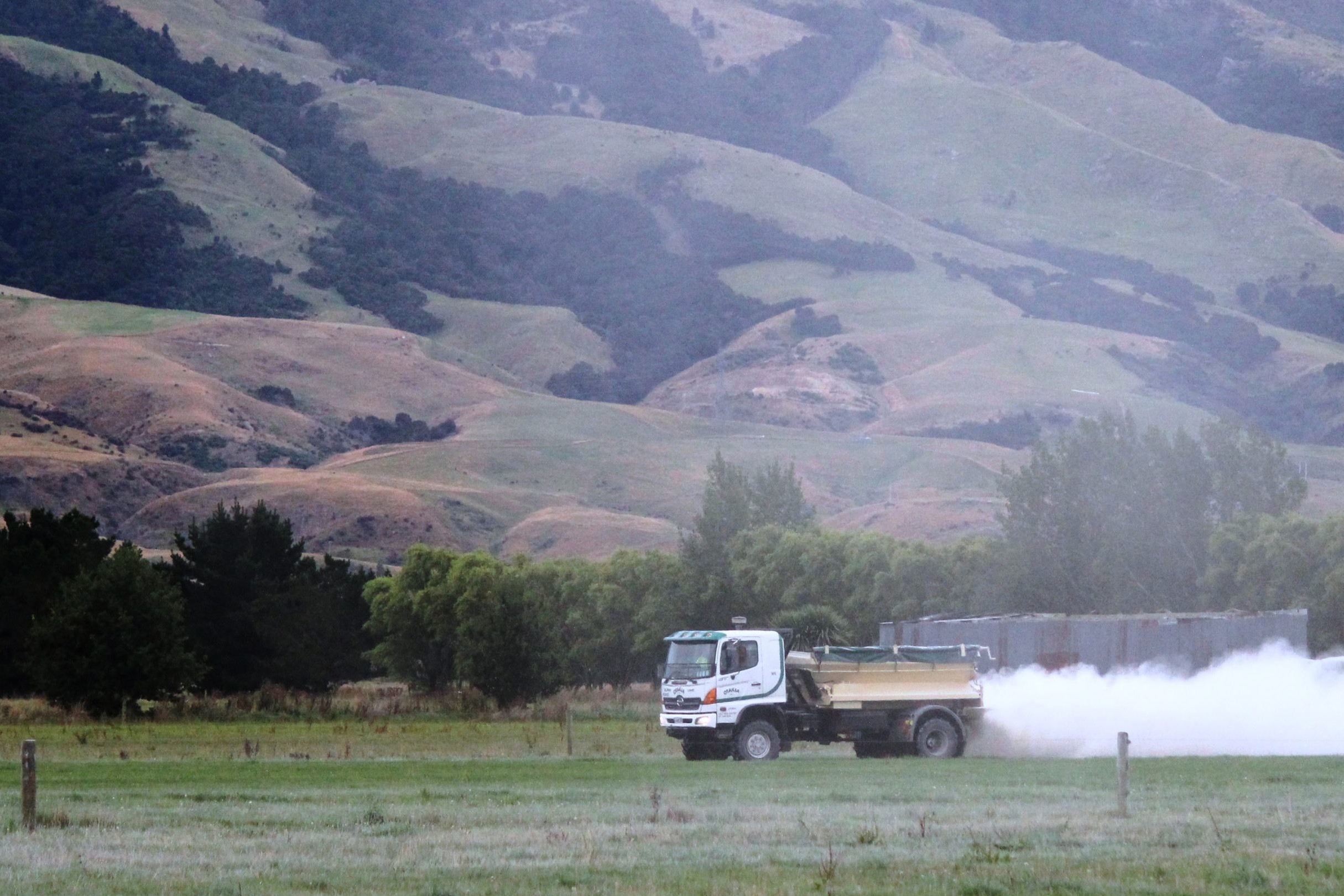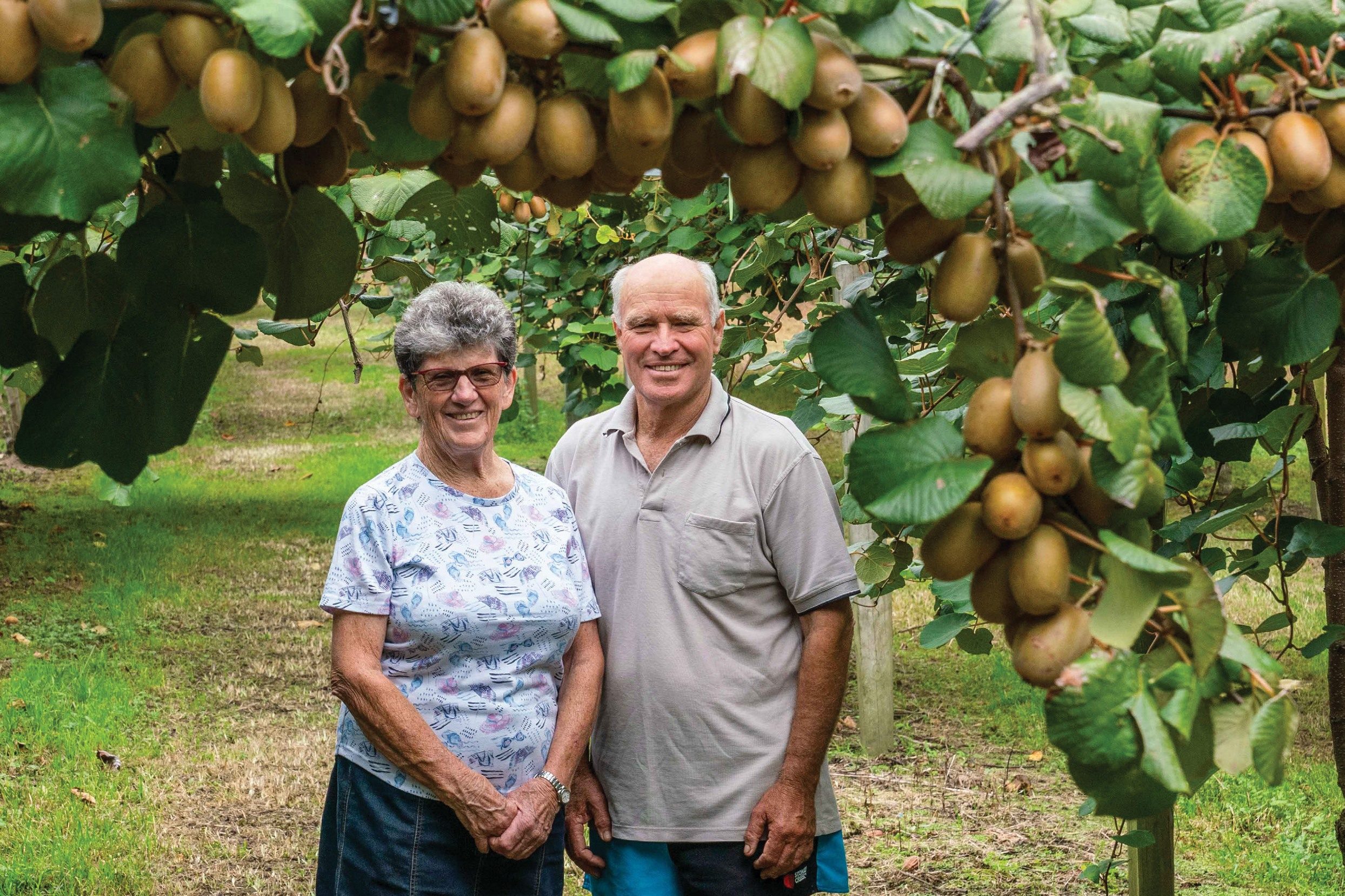Words by: Anne Lee
In complete contrast to how it’s done during dry-off, cows being transitioned on to fodder beet during the autumn need to be shifted on to the crop when they’re hungry.
Lincoln University veterinarian and fodder beet specialist Jim Gibbs developed these feeding systems originally and says it’s a myth that cows automatically love fodder beet and transitioning on to the crop during milking has to be carefully managed so all cows are known to be eating it before daily offerings are stepped up.
“During winter transitioning you have more control because you’re limiting their total intake as part of dry-off so they’re hungry but during lactation you don’t have that tool – they need to be eating well.
“So it’s like you have to switch to the carrot method not the stick. To get them eating it you don’t want to be giving them any supplement before they’re moved onto the crop.”
Contrary to some poor advice he’d heard of, Gibbs says cows should get the fodder beet first before their pasture break and need to go on to the crop ready to eat it so more of them are enticed into eating.
“It’s common in lactating herds to have 30% of cows not eating much beet at all – they might have a nibble but then they’ll move off and just wait.
“So we get farmers to come back after 20 minutes and observe all of the cows and see what proportion are actively eating. For the first few days there will be a number that aren’t.”
The initial offering in the transition is similar to winter transitioning at 1kg drymatter (DM)/cow/day and Gibbs says it’s imperative that the offering isn’t stepped up until the number fussing with the high sugar crop are down to 1% or fewer.
“That 1kg is the yes-no mark. If you have them on that and you still have 30% not eating it after a week or more then you’re doing something wrong and you need advice.
“You’ll find yourself with big problems if you step up what you’re offering them and you haven’t made sure they’re all eating it. You might step it up gradually but by the time you’re at 4kg DM/cow/day (as the average offering for the herd) you’ll have some cows eating 9kg while some aren’t eating anything and that’s when you’ll get cows starting to fall over with acidosis.”
Gibbs also warned farmers to test the drymatter of their crops as there could be huge variations within and between cultivars.
“It’s common to see variations of 100% and in low drymatter crops it can be as high as 300%.
“Farmers will get in touch with me and say they’re not getting a milk response from feeding it and one of the first questions I’ll ask is how did you measure the drymatter?
“More commonly they’ll be underfeeding them. They’ll think they’re feeding 5kg DM/cow/day and really they’re only feeding 2kg.”
The industry standard for measuring drymatter is to pull up the bulb cut the top off and put it in a bag separately. Cut the bulb into a quarter lengthways, wrap it in cling film and then send the top and bulb segment to the laboratory. Slicing and coring are ineffective ways to sample the bulb, his research has shown.
People can run into problems if they change cultivars and don’t measure drymatter accurately, because cows measure intake by mouthfuls.
“It’s common to start them on a low drymatter cultivar such as Brigadier because it has high palatability at home and then when they go to wintering it can be a higher-drymatter cultivar so it’s important to know that and to pull them back to let them reset their intake rates.”
Lactating cows should only be fed up to 30% of their diet as fodder beet – either as a grazed crop or as harvested beet, he says.
Beyond that level and the farmer will need specialist advice.
Gibbs says, as with winter grazing along a long face, correct feeding practice for harvested beet is as much about access as allocation.
“You can give 100 cows a space 10m x10m and that’s 100m – so a metre per cow – but 100 cows aren’t going to have equal access to that. They need that long space so none (cows) are pushed back.
“Remember it’s harder to get lactating cows on to it so everything needs to be as favourable as possible.”
If 2/3 of their diet is pasture, lactating cows will not need to be supplemented with phosphorus or calcium – they’ll still have an excess of it at the 2/3 pasture 1/3 fodder beet diet, he says.
If grazing in situ on the milking platform, Gibbs says farmers need to be aware of the extra distance cows will be walking – going on to the crop and then on to their pasture paddocks each day.
“We’ve found that over about 700 cows you could be running into problems with walking distances and lameness – some grass paddocks are going to be a long way from the crop and that’s when we’d suggest using harvested beet bulbs or a beet bucket to bring the crop to the cows.”
Picking up 5kg DM/cow of fodder beet for 500 cows will take about 20 minutes and feeding it out in the silage wagon works well.
It’s a myth that grazing fodder beet through autumn increases somatic cell counts.
“I think that comes from if people use the crop as a sacrifice paddock. They get more mud and splash in the gateways and cows get environmental mastitis – it’s not from the fodder beet as such.”
Gibbs says farmers can use effluent on the crop right up to when cows are due to graze it, helping shave up to $700-$800/ha in fertiliser costs.
“Effluent is a good source of potassium, sodium and nitrogen and it can just be applied using a travelling irrigator.”
Gibbs says the autumn-grazed crop has up to 13% crude protein because of the amount of top.
Farmers should see no change in milk fat and protein percentages in milk.
“Usually milk production will go up because it’s a high ME (metabolisable energy) crop (around 12 megajoules of ME/kg DM) but percentages of fat and protein won’t.
“Protein won’t be affected – there’s a lot of international research over many years that shows that, but if fat changes that’s an effect of acidosis and something’s gone wrong with the way the feed is being managed.”
TOP TIPS
- Don’t feed supplement before they go onto fodder beet break when transitioning on
- Make sure all cows are eating it before you step up from 1kg DM/cow/day allocation
- Measure DM by sampling and sending to the lab
- Ensure cows have access – 1m/cow
- Watch walking distances if grazing in situ – no more than 500m to fodder beet paddock
- Use beet bucket to lift crop, bulb and leaf, if herds greater than 700 cows
- Maximum 30% of diet during lactation





